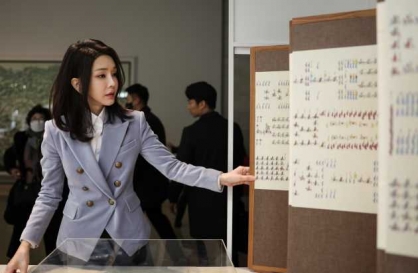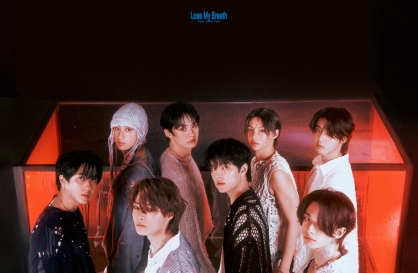
Hanbok saenghwal -- a series of cultural practices which encompass the whole experience of making, wearing and enjoying hanbok -- made it to the National Intangible Cultural Heritage list, the Cultural Heritage Administration announced Wednesday.
The Intangible Cultural Heritage Committee decided to finalize the official name as “hanbok saenghwal” instead of its provisional title, “hanbok wearing,” announced earlier in March, considering the name to be a better rep[resentation of hanbok culture as a whole.
There are several reasons why “hanbok saenghwal” has been listed as a heritage. First, it is a culture passed down for generations throughout the peninsula, with records found from historical artifacts and documents dating back to the Goguryeo period (37 B.C.- A.D. 668).
There are ongoing extensive studies into the practice, which is still enjoyed by many today. Also, the listing will help to keep a record of the culture and knowledge of the tradition.
The Intangible Cultural Heritage Committee decided to finalize the official name as “hanbok saenghwal” instead of its provisional title, “hanbok wearing,” announced earlier in March, considering the name to be a better rep[resentation of hanbok culture as a whole.
There are several reasons why “hanbok saenghwal” has been listed as a heritage. First, it is a culture passed down for generations throughout the peninsula, with records found from historical artifacts and documents dating back to the Goguryeo period (37 B.C.- A.D. 668).
There are ongoing extensive studies into the practice, which is still enjoyed by many today. Also, the listing will help to keep a record of the culture and knowledge of the tradition.


Hanbok consists of jeogori, the top, and chima, the skirt or baji, trousers. The otgoreum -- ribbon knotted to close the jeogori -- is tied to complete the look.
Hanbok is worn on various occasions, such as ancestral ceremonies, traditional holidays, funerals, weddings and recreational events.
On traditional holidays, Koreans would get new fabric and make hanbok, wishing for the good health and well-being of their families. Such customs are called Seolbim, Chuseokbim and Danobim for Seollal, Chuseok and Dano, respectively.
Hanbok has kept evolving based on current styles and culture. In the Joseon era (1392-1910), the prototype was established. In April 1900, a new regulation requiring government officials to wear Western-style clothing came into being, relegating hanbok to special occasions.
Hanbok is worn on various occasions, such as ancestral ceremonies, traditional holidays, funerals, weddings and recreational events.
On traditional holidays, Koreans would get new fabric and make hanbok, wishing for the good health and well-being of their families. Such customs are called Seolbim, Chuseokbim and Danobim for Seollal, Chuseok and Dano, respectively.
Hanbok has kept evolving based on current styles and culture. In the Joseon era (1392-1910), the prototype was established. In April 1900, a new regulation requiring government officials to wear Western-style clothing came into being, relegating hanbok to special occasions.

“Hanbok saenghwal” is the 154th item listed as National Intangible Cultural Heritage. Recent other additions include “gaetbeol eoro (tidal flat harvesting)” and “tteok mandeulgi (tteok making and sharing).” The CHA does not recognize a specific group or person for such designations.
By Kim Hae-yeon (hykim@heraldcorp.com)
By Kim Hae-yeon (hykim@heraldcorp.com)





![[K-pop’s dilemma] Can K-pop break free from ‘fandom’ model?](http://res.heraldm.com/phpwas/restmb_idxmake.php?idx=644&simg=/content/image/2024/05/09/20240509050541_0.jpg&u=20240509173751)




![[News Analysis] Yoon's first 2 years marked by intense confrontations, lack of leadership](http://res.heraldm.com/phpwas/restmb_idxmake.php?idx=644&simg=/content/image/2024/05/09/20240509050612_0.jpg&u=20240509233252)








![[Today’s K-pop] NCT’s Mark to drop 1st solo album in February 2025](http://res.heraldm.com/phpwas/restmb_idxmake.php?idx=642&simg=/content/image/2024/05/10/20240510050597_0.jpg&u=)